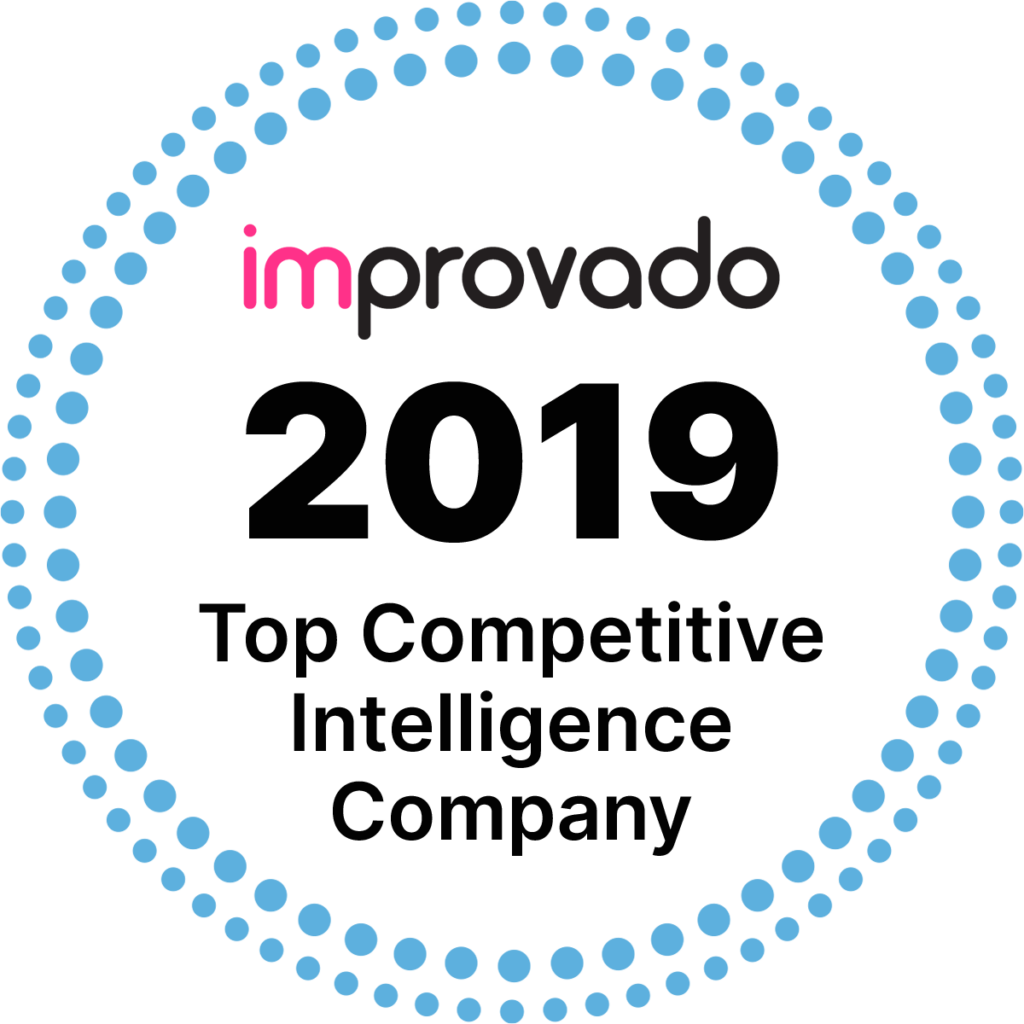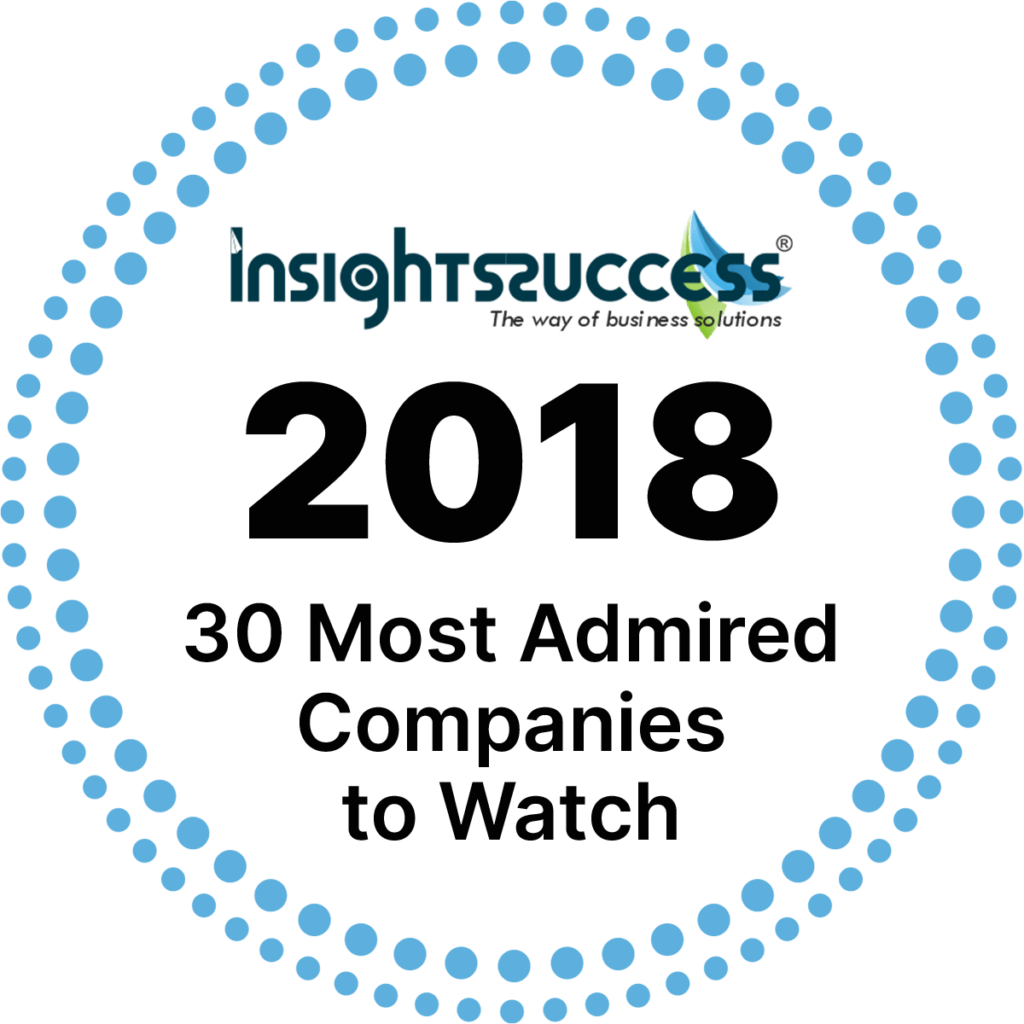Published: June 19, 2016
The phrase “Businesses face more challenges today than ever” gets thrown around a lot. It may or may not be true, but chances are your business is facing some unique change in one or many areas in regards to competition – be it local, online or foreign.
In order to beat the competition and keep your business in business, you’ve got to get ahead of the storm. Here, we’ll breakdown 10 common challenges businesses are routinely facing and how investing in evidence-based intelligence can help make sense of what looks and feels like pure chaos.
1. You’re struggling to develop a competitive online digital experience that won’t result in price erosion. Use evidence-based strategic intelligence to adapt an effective digital strategy. You will better understand true online value propositions and strategies, what competitors are doing to differentiate, and evaluate what customers want from their digital experience.
2. You haven’t figured out how to adapt to pricing pressure from foreign competitors. Routinely evaluate your overall pricing optimization, aftermarket competitive profiles, voice of customer and service assessments to proactively uncover new competitor pricing model approaches and increased customer collaboration resulting in innovative, new service offering that lead to high impact sales.
3. Disruptive technology is becoming the new norm. Invest in intelligence resources that can identify, track, analyze, assess and alert stakeholders to transformational industry trends and changes. Often disruptive technology advances at alarming rates, so having your contingencies strategies set ahead of time is critical to staying ahead of the storm.
4. Coping with reality: “Build it and they will buy it” doesn’t work anymore. Conduct intelligence studies that give the customer “a voice” to aid in identifying specific customer segment needs, desired experiences or challenges decision-makers want suppliers to help overcome. With this customer intelligence approach, you won’t treat each customer the same and will turn your sales force into customer sales solutions experts.
5. The business façade is changing: brick-and-mortar vs. virtual presence. Run an intelligence initiative to collect, analyze and identify specific markets and customers purchasing behaviors and preferences, and couple it with a competitive digital online comparative analysis. This intelligence output can provide the necessary insight to combine in-store with various online approaches for an optimal user experience, as well as, determine a realistic conversion plan for reducing physical storefront presence.
6. The Baby-boomer exodus – level setting talent management gaps. Pressure test your HR talent management strategy (recruiting, incentivizing, training, etc.), then perform a cultural diagnostic and an external competitive comparative analysis. The insights can provide HR pros actionable analytics to build agile talent management strategies and models that can adapt to rapid shifts and changes in the business environment.
7. You have a challenge developing omni-channel marketing and mobile optimization strategies. Conduct an evidence-based customer study that identifies preference and digital usability of modern marketing tools (social media, online and mobile options) in your specific industry. By identifying key tactics that accelerate customer adoption of mobile management, you can address the risk and produce a more sophisticated solution in response.
8. Big data struggle– what to do with it? Through an evidence-based intelligence discovery process, developing big data maturity benchmarks and customized frameworks, you can collectively design and develop an entirely results-driven, adaptable big data approach and take the mystery out of business intelligence.
9. Transformational business model and new value proposition – business as usual is dead. Evidence-based intelligence can be used to aid in forecasting innovative approaches and shifts in traditional industries and markets. By conducting a thorough assessment of the competitive environment and performing “context analysis,” you can help create “innovation walls” used to identify potential new threats. Then, predictive analytics can be used to help determine the probability and threat level to your business.
10. Adjacent markets as a way to grow your business. Investing in evidence-based strategic intelligence can help validate the development of vertical integration and horizontal expansion strategies. Initiatives such as landscape assessments, market sizing and customer evaluations, can pay for themselves a thousand times over and help to corroborate your decision to move into adjacent areas before you jump in feet first.
Is your business facing one or more of these challenges? Are you leveraging business intelligence as a solution? Proactive Worldwide offers a range of products and services valuable to your business and critical to future growth. Browse Proactive’s solutions offerings now.













